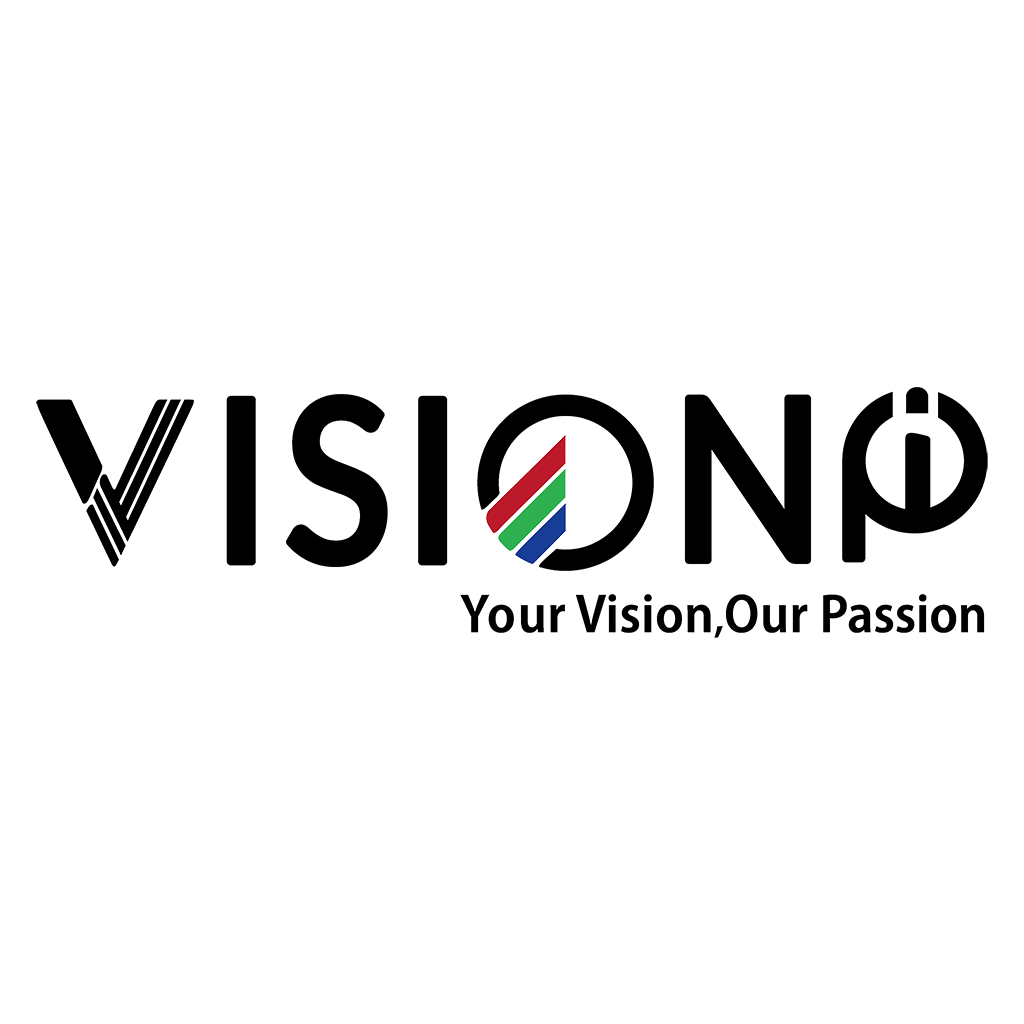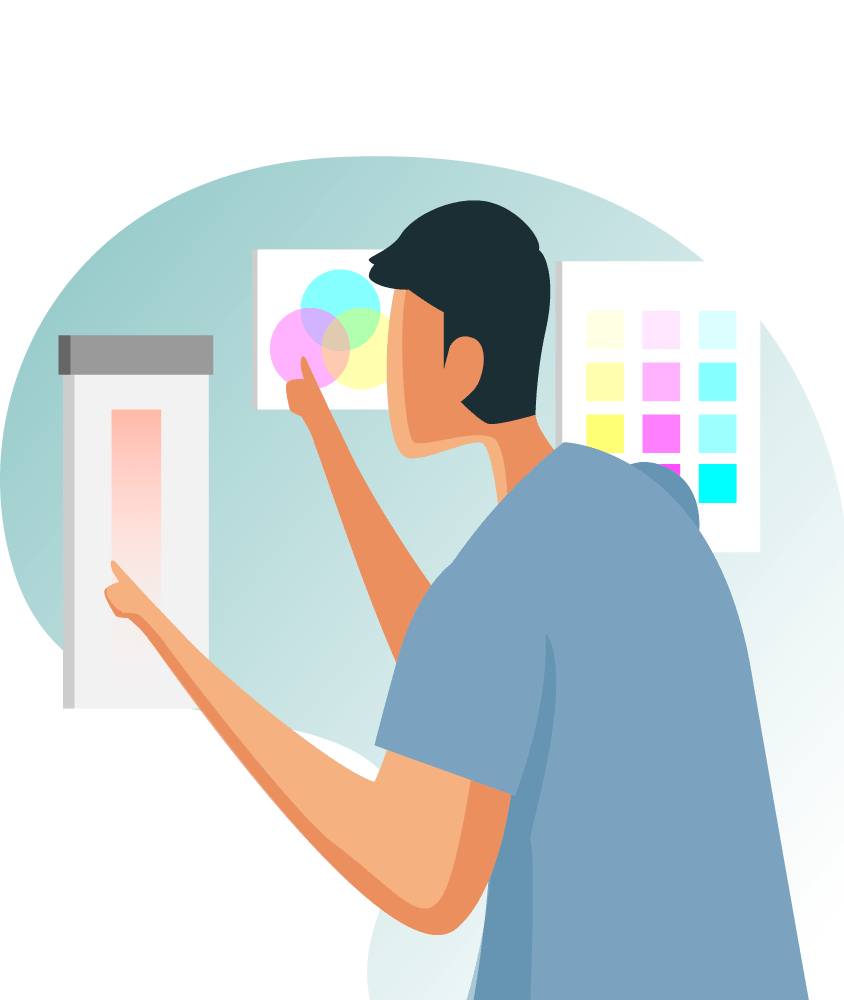All in one 480x320mm flexible LED Module
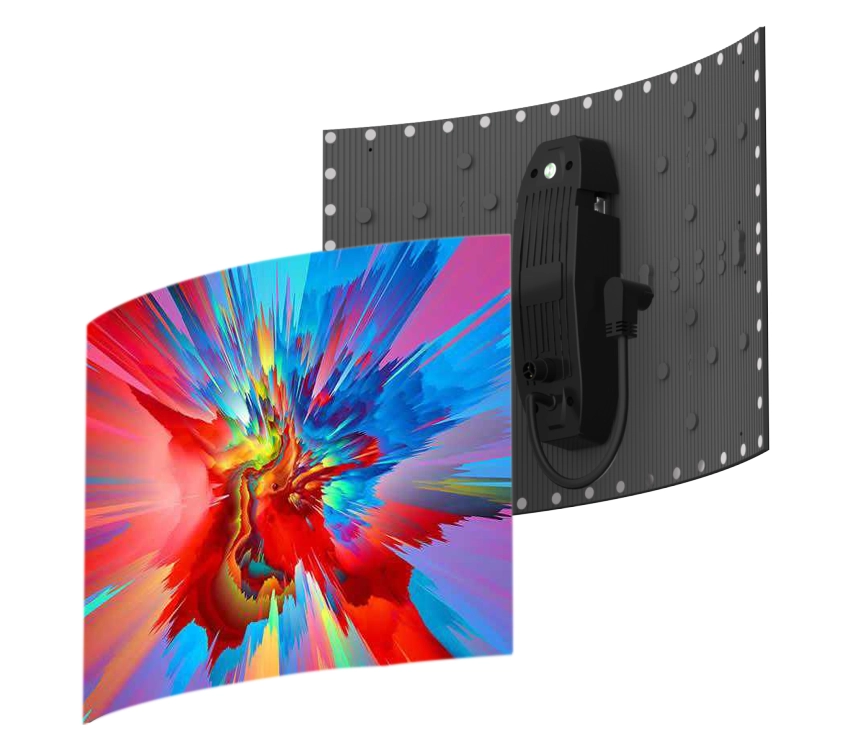
The VP 2.5 Indoor Flexible LED Module redefines visual solutions with its all-in-one design, delivering ultra-flexible HD imaging, plug-and-play setup, and robust durability for diverse commercial scenarios. Key advantages to elevate your projects:
Applications:
– Ideal for a wide range of applications, including corporate events, concerts, exhibitions, sports events, and more. Its superior image quality and reliability ensure that it meets the high standards required for large-scale events.

In traditional flexible LED display systems, modules typically rely on discrete power and signal architectures:
Independent 5V/12V power cabling is required for voltage delivery.
Flat cables (FFC/FPC) are used for video signal daisy-chaining.
Separate HUB boards and receiving cards must be installed and configured.
This approach introduces critical inefficiencies:
1.Cable Clutter: Dual pathways (power + signal) create tangled wiring, increasing installation complexity.
2.Low Deployment Efficiency: Multi-component connections and per-module parameter calibration prolong setup times.
3.System Fragility: Flat cables degrade with repeated bending; low-voltage (5V) lines are prone to overheating and corrosion.
4.High Integration Costs: External enclosures or frames are often needed to house power distribution units.
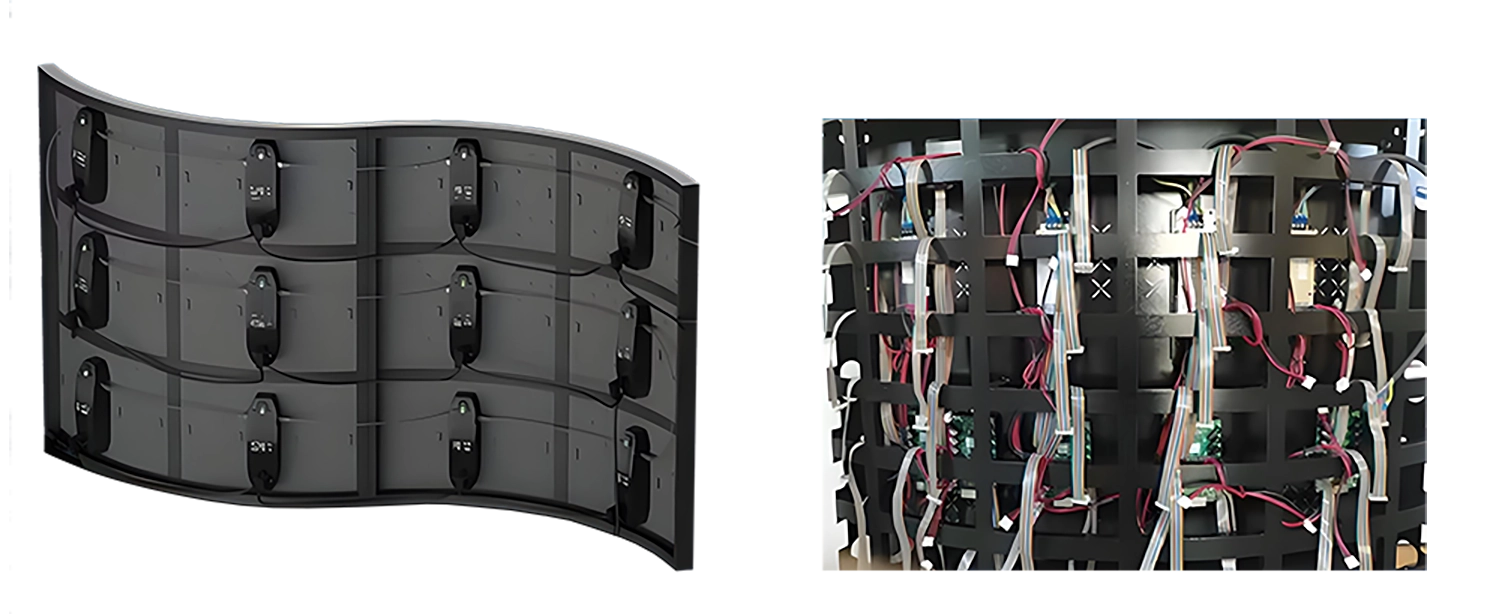
Technical Analysis:
Technical Analysis: VP 2.5 Indoor Flexible Module’s Integrated Power & Signal Architecture – Redefining Engineering Standards for Flexible LED
New design 480x320mm Flexible LED Modules vs. Traditional Solutions 320x160mm Flexible LED Modules
| Parameter | Other Flexible Modules | VP2.5 Hardlink System | Improvement |
|---|---|---|---|
| Wiring Complexity | 6 cables/module | 2 cable/module Rj45+Power | 70% fewer cables |
| Deployment Time | 2-3 hrs/10 modules | 0.5 hrs/10 modules | 75% faster installation |
| Failure Rate | 1.5% (flat cable fatigue) | 0.2% (hardlink robustness) | 85% higher MTBF |
| Thermal Management | 15°C rise (metal enclosures) | 8°C rise (passive silicone) | 47% lower thermal stress |
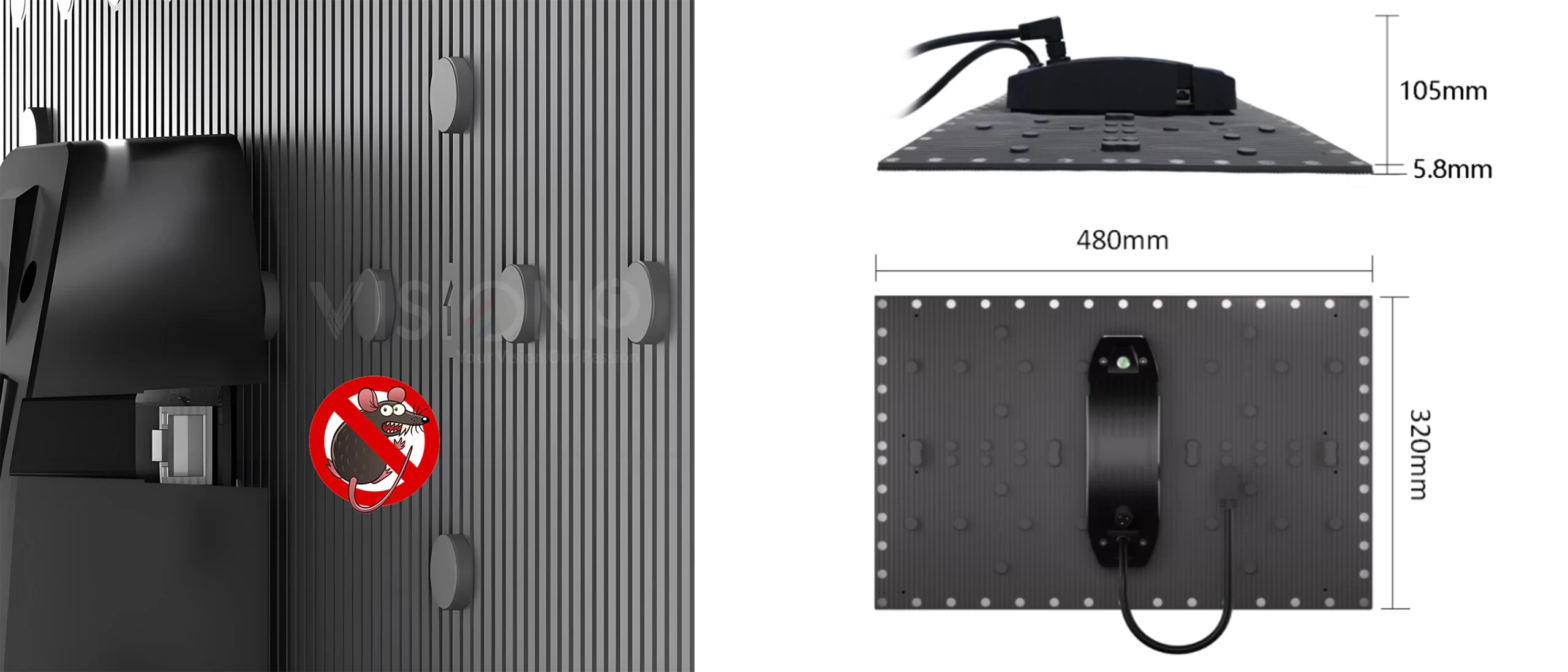
480x320mm Soft LED Module Features
Plug-and-Play, Labor-Saving
Integrated power, receiving card, and Hub board enable installation via single cable connections, supporting up to 20 cascaded units. IP20 rating, moisture/dust resistance, and anti-rodent protection guarantee 100,000-hour longevity in harsh environments.
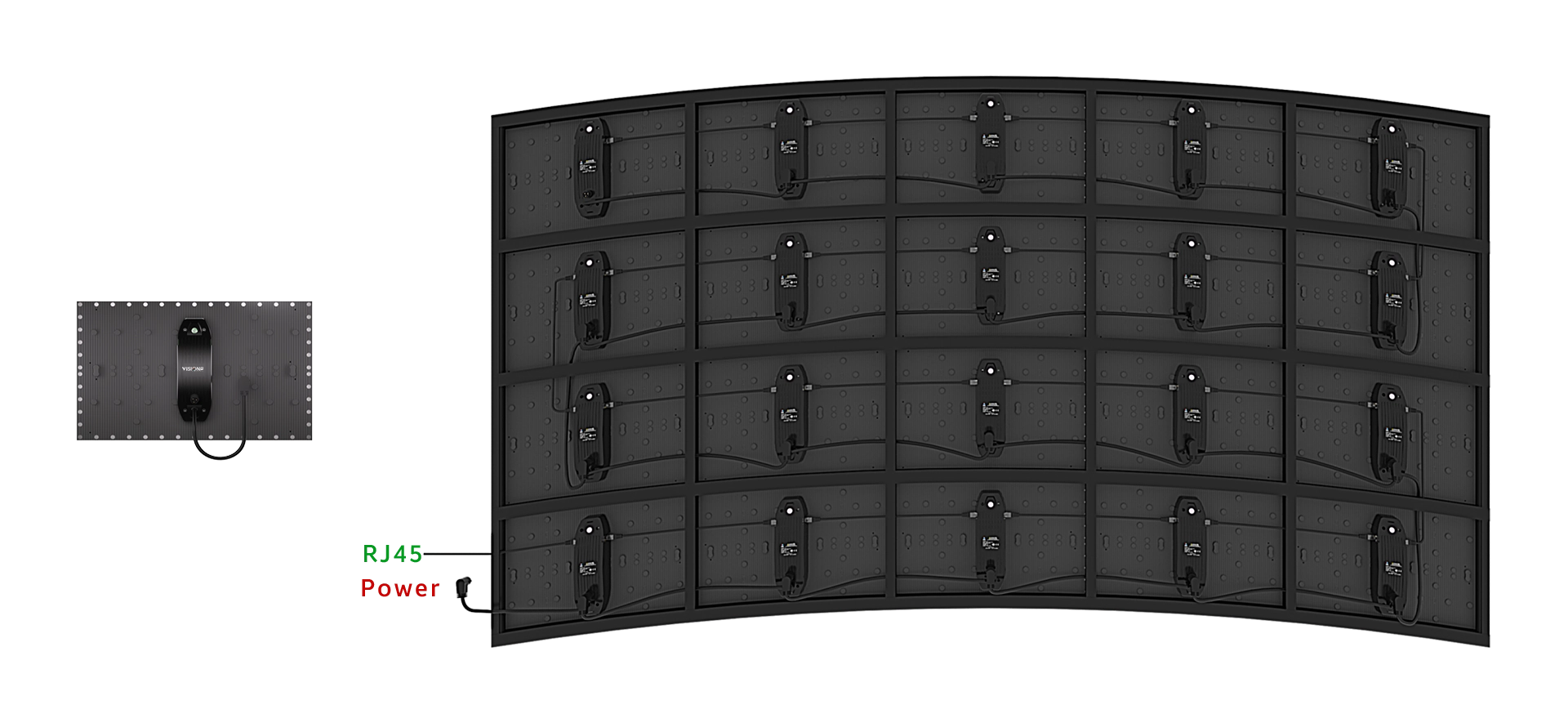
Cinematic Visual Performance
Boasting 160,000 pixels/㎡ density with SMD1515 LEDs, it achieves 800cd/m² brightness, 6000:1 contrast, and 18-22 bit color depth. The 3840Hz refresh rate and 60Hz frame rate ensure seamless motion, ideal for stages, malls, museums, and more.
Dynamic Shapes, Unlimited Possibilities
With a 158° bending angle and lightweight structure (5.8mm thick/1.5kg per module), it effortlessly adapts to arcs, cylinders, or undulating surfaces (min. diameter: 1222mm). The silicone casing ensures ≤0.3mm flatness for distortion-free viewing at 150°(H)/120°(V) angles.
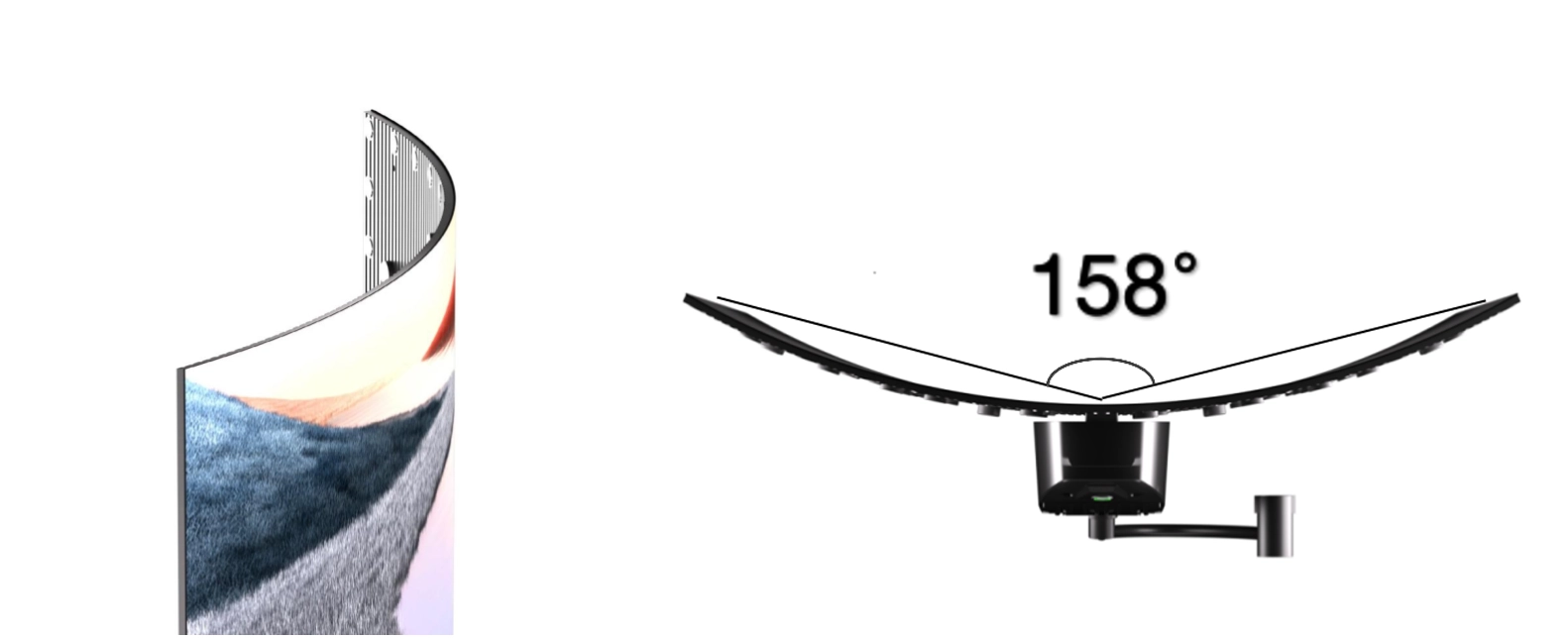
Cinematic Visual Performance
Boasting 160,000 pixels/㎡ density with SMD1515 LEDs, it achieves 600cd/m² brightness, 6000:1 contrast, and 14-15bit color depth. The 3840Hz refresh rate and 60Hz frame rate ensure seamless motion, ideal for stages, malls, museums, and more.
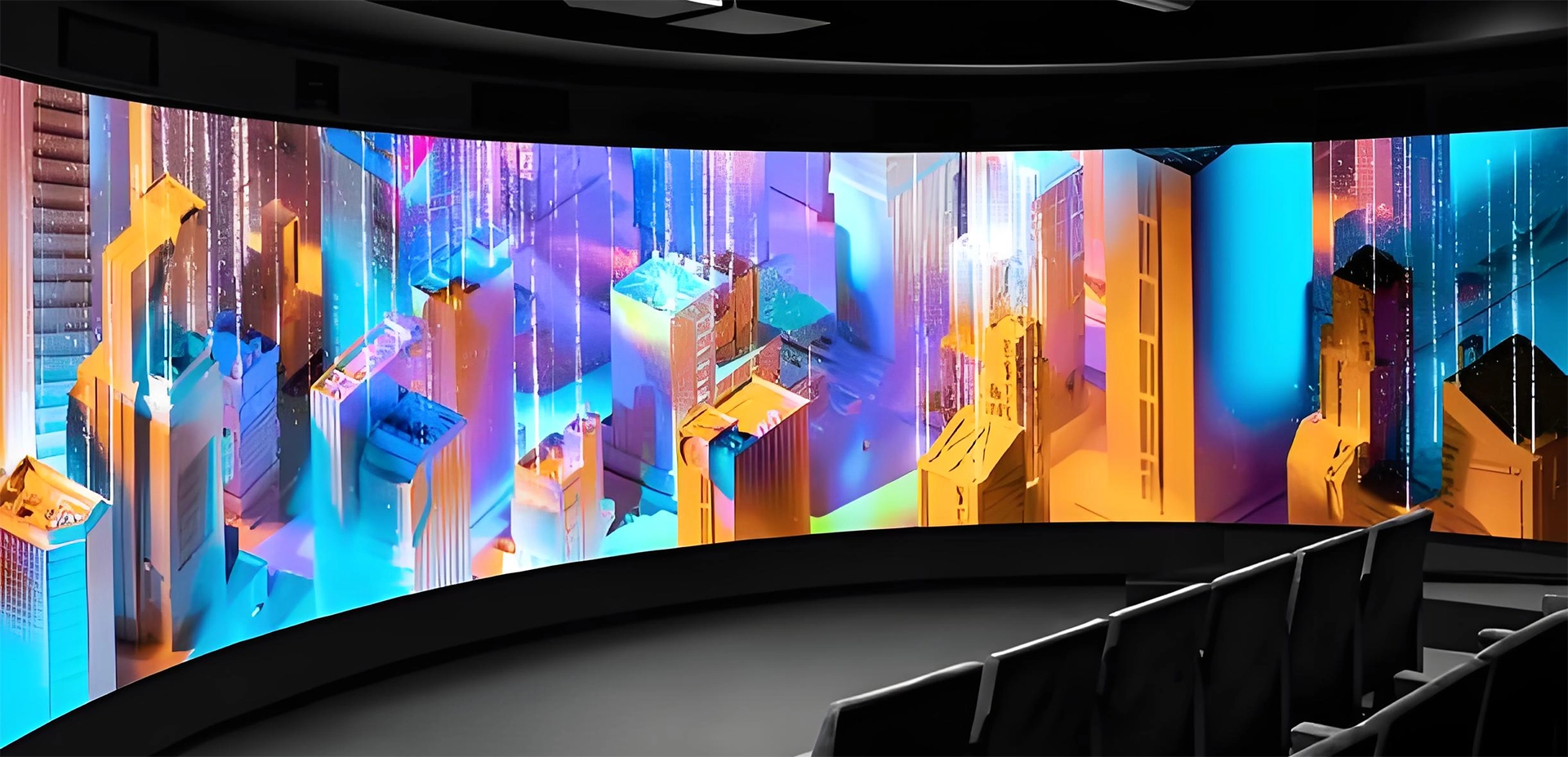
Energy Efficiency & Reliability
4.2V DC power and PWM dimming reduce energy waste (65W max/module). Operates flawlessly from -20℃ to 40℃ with 20%-80% humidity tolerance, backed by front/rear maintenance accessibility.
